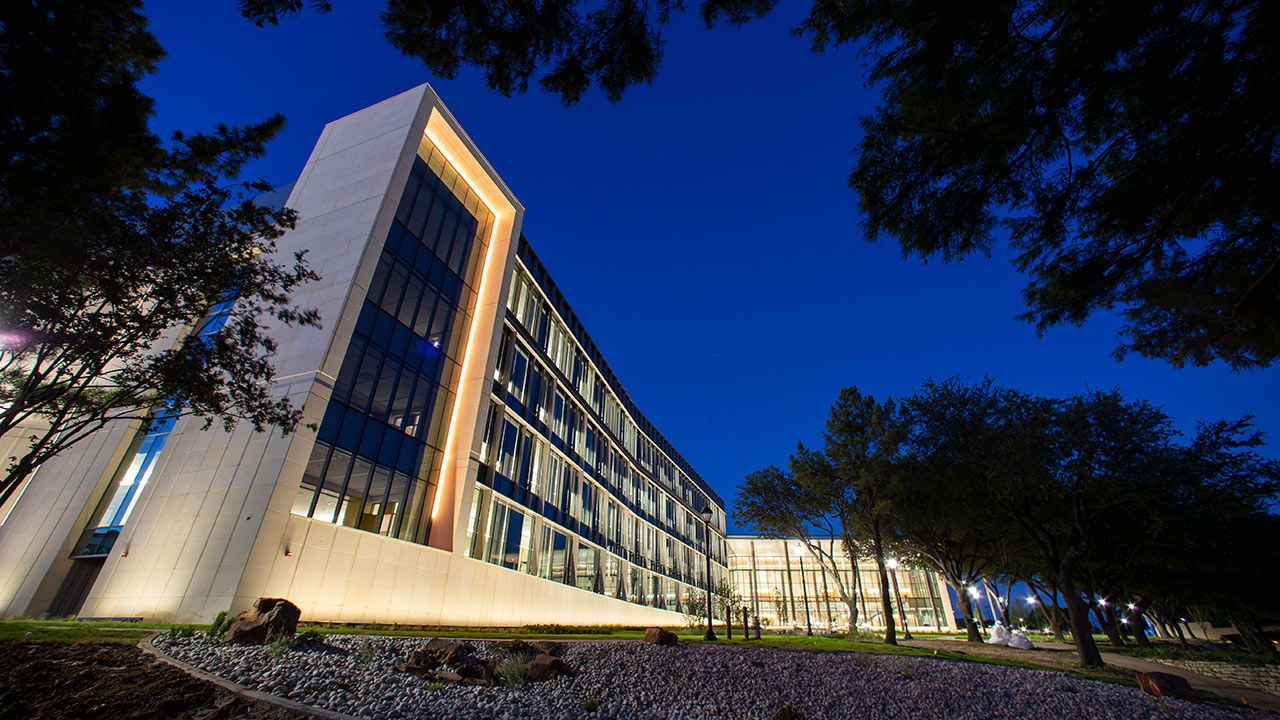SBIR/STTR Description and Differences
Brief Description
The SBIR Program
The Small Business Innovation Research (SBIR) program is a highly competitive program that encourages domestic small businesses to engage in Federal Research/Research and Development (R/R&D) that has the potential for commercialization. Through a competitive awards-based program, SBIR enables small businesses to explore their technological potential and provides the incentive to profit from its commercialization. By including qualified small businesses in the nation's R&D arena, high-tech innovation is stimulated and the United States gains entrepreneurial spirit as it meets its specific research and development needs.
The STTR Program
Small Business Technology Transfer (STTR) is another program that expands funding opportunities in the federal innovation research and development (R&D) arena. Central to the program is expansion of the public/private sector partnership to include the joint venture opportunities for small businesses and nonprofit research institutions. The unique feature of the STTR program is the requirement for the small business to formally collaborate with a research institution in Phase I and Phase II. STTR's most important role is to bridge the gap between performance of basic science and commercialization of resulting innovations.
Differences
Scope of PI involvement. The PI’s primary employment must be with the small business (not a University) at the time of the award, through completion of the award. STTR does not require the Principal Investigator to be primarily employed by the Small Business Concern (SBC). As of the revised Policy Directive, prospectively, the principal investigator may be employed by either the SBC or the single primary research institution, when an SBC partners with research institutions that are performing less than 30% of the work.
Sharing the Workload. For an SBIR, a minimum of two-thirds (66%) of the research work must be performed by the Small Business Concern (SBC) in Phase I, and one-half (50%) in Phase II. An STTR award requires that the SBC perform at least 40% of the R&D and the single partnering research institution to perform at least 30% of the R&D. As of the revised Policy Directive, prospectively, small businesses may partner with more than one research institution, so long as at least 30% of the work is performed by a single research institution, and the principal investigator is employed by either the small business or the primary research institution.
Commercializing Project Technology. For an STTR award, the Small Business Concern (SBC) and its partnering institution are required to establish an intellectual property agreement detailing the allocation of intellectual property rights and rights to carry out follow-on research, development or commercialization activities. Suggested Allocation of IP Rights agreement templates are often posted online. View additional posts by the Department of Energy and National Insititutes of Health. SBIR does not require (or prohibit) an IP agreement.
Program eligibility is otherwise similar. Click here for details.
